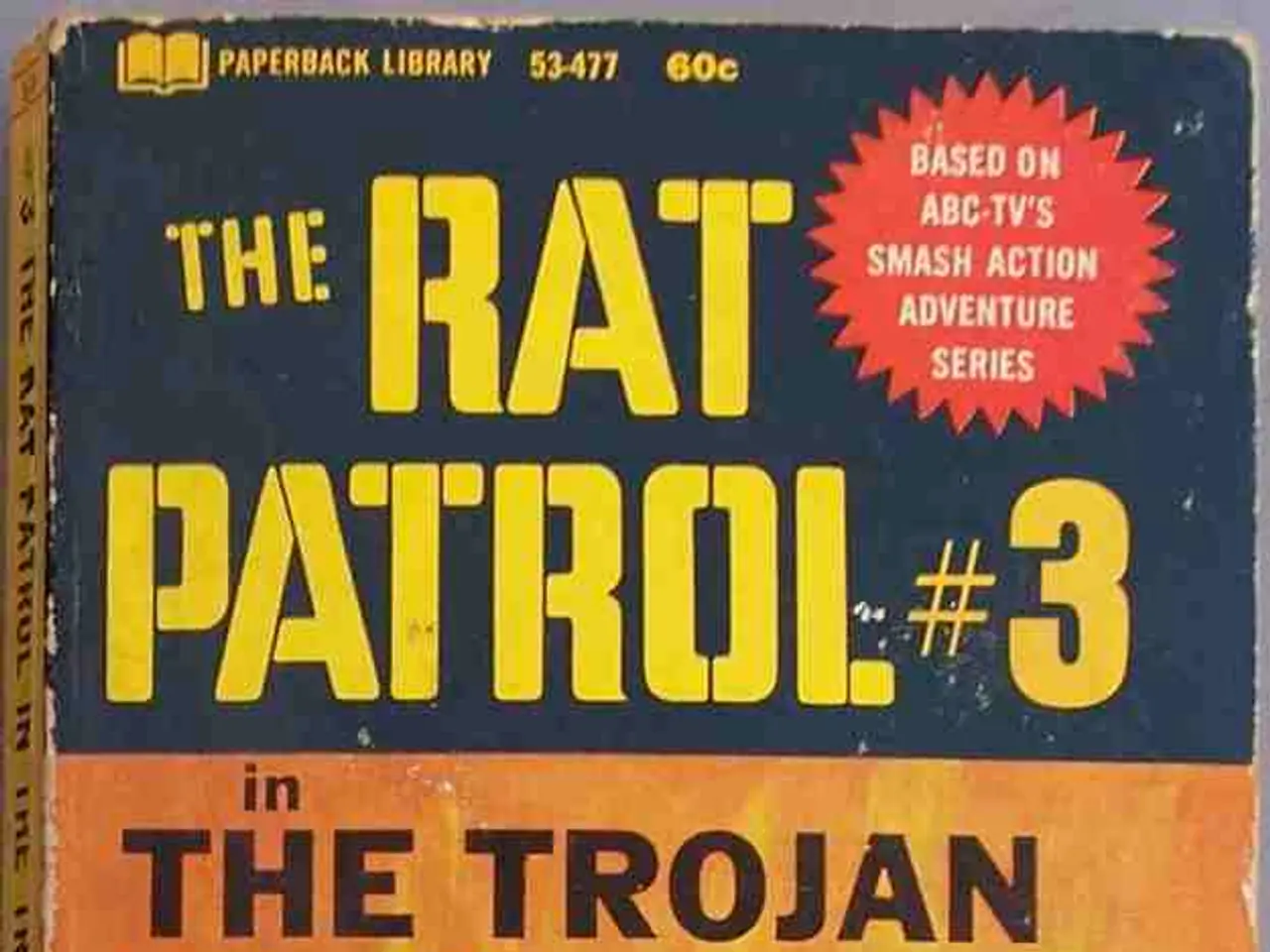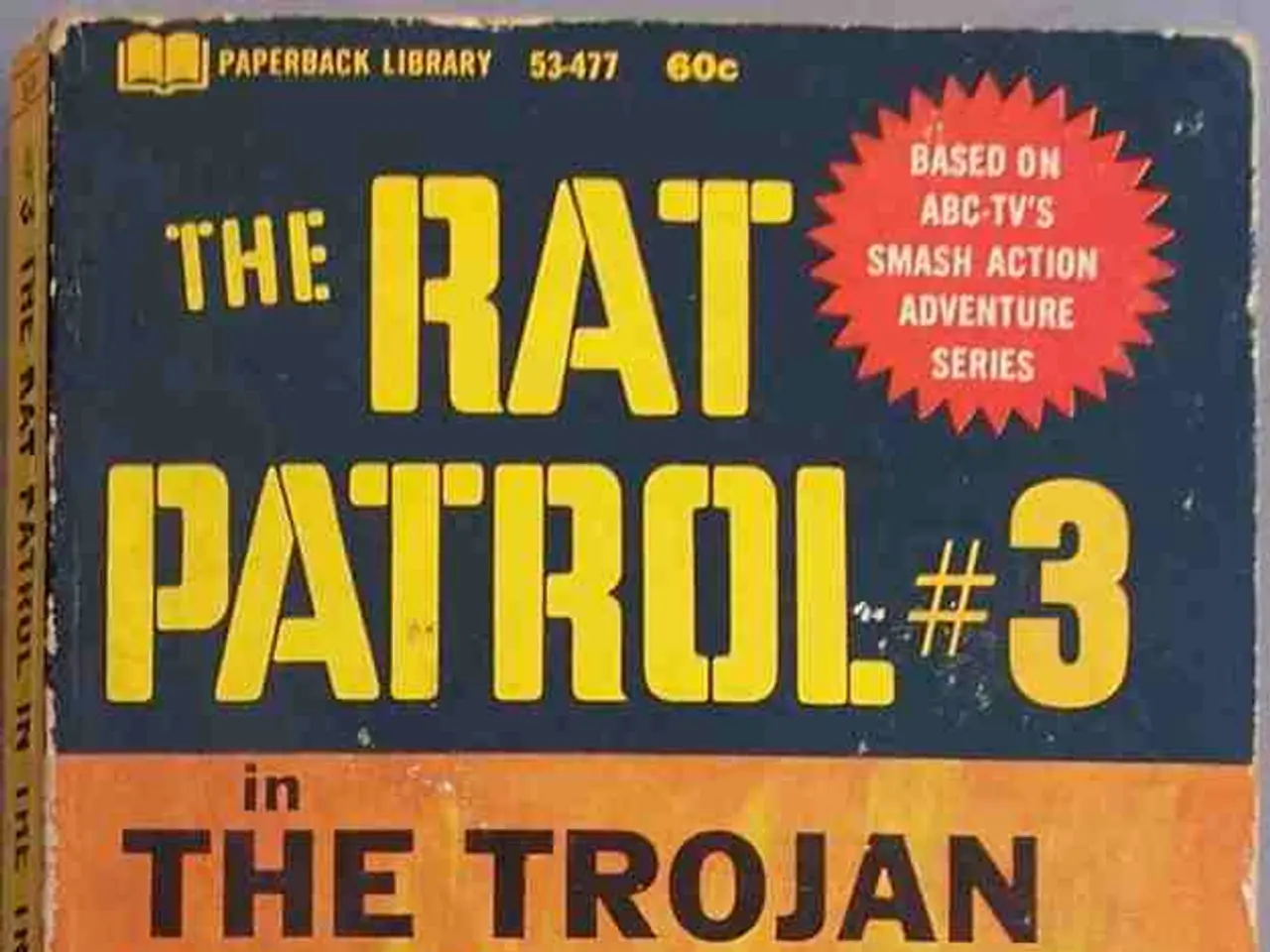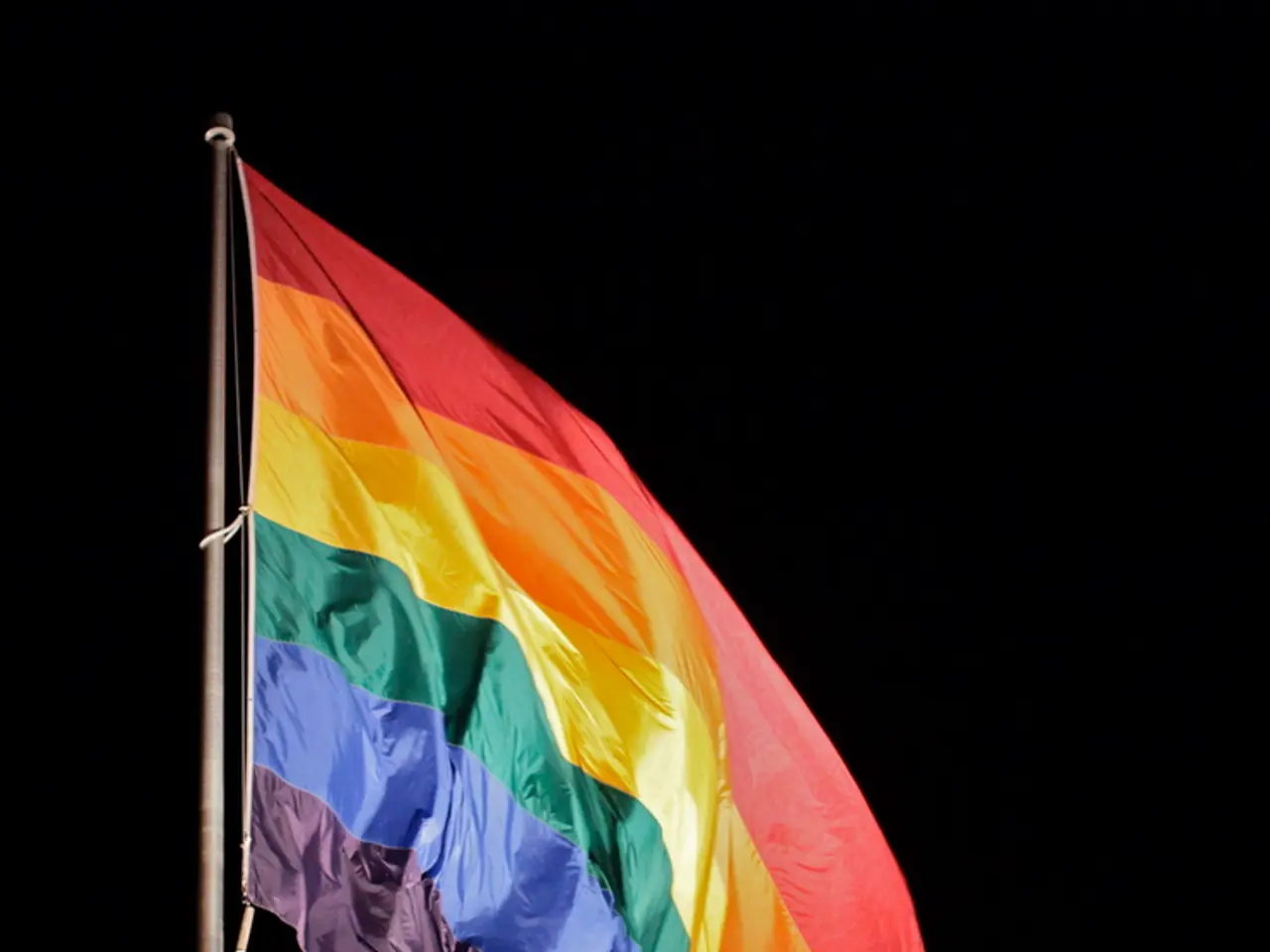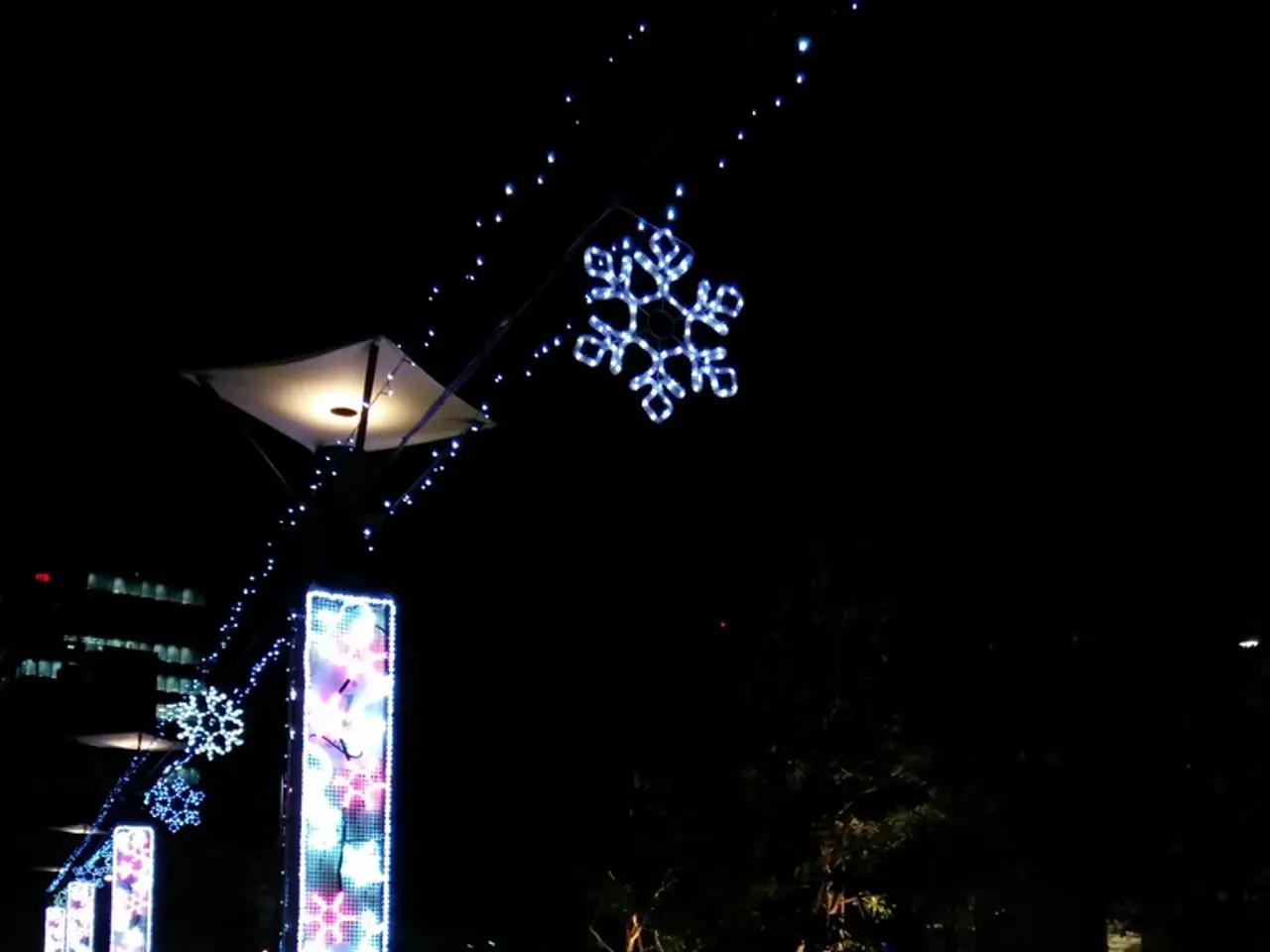Russia intensifies drone assault against Ukraine, surpassing previous records
In Eastern Europe, the ongoing conflict between Russia and Ukraine has taken a new turn, with both nations increasingly relying on drones as a key tactic in their respective offensives.
Poland's intelligence agency has made a high-profile arrest, detaining a foreign national suspected of espionage. The individual, allegedly working for a foreign intelligence agency, is believed to have endangered Poland's security and that of other NATO countries.
Meanwhile, in Ukraine, the Ukrainian Anti-Corruption Bureau and the Special Prosecutor's Office have arrested a Ukrainian MP, several heads of local authorities, and a National Guard member for embezzlement involving the procurement of drones and electronic warfare equipment.
Russia, on the other hand, is intensifying its use of drones against Ukraine. According to reports, Russian forces launched 6129 Shahed-type drones against Ukraine in July, surpassing the previous record of 5337 drones in June. These drones, now produced domestically in Russia, have enhanced capabilities such as larger warheads, higher altitude flight, and some incorporate AI for autonomous operations.
The drone raids are often combined with waves of missile attacks aimed at overwhelming and exhausting Ukraine’s limited air defense systems while causing severe physical and psychological harm to civilian areas. This volume and sophistication of drone strikes represent an unprecedented scale of aerial bombardment in 2025.
In response, Ukraine is adapting its own drone strategies and seeking to disrupt life inside Russia using long-range drones to strike key targets deep in Russian territory. The aim is to pressure Russian civilians and leadership without targeting civilians directly.
Ground operations continue around eastern Ukraine, but the drone campaign remains a significant and evolving aspect of Russia’s offensive strategy. In the Donetsk region, the Russian army is making progress in Chassiv Yar, Toretsk, and other towns.
The USA and NATO are working on a new model for delivering US weapons to Ukraine, with NATO countries financing the purchases or transfers. However, the deployment of US nuclear submarines, as announced by US President Donald Trump in response to remarks made by former Russian President Dmitri Medvedev, has raised concerns about potential escalation.
The conflict has taken a heavy toll on both sides. The Ukrainian General Staff reports 1010 wounded or killed on the Russian side in the past 24 hours. Six civilians were killed and at least 37 others injured in Russian attacks, according to regional authorities in Ukraine.
As negotiations for a ceasefire continue, the threat of harsh sanctions against Russia and countries doing business with Russia looms. US Ambassador to NATO Matthew Whitaker believes that these sanctions will be imposed next week if Russian President Vladimir Putin does not agree to a ceasefire.
Despite the ongoing conflict, calls for action for remaining political prisoners are growing. Some freed prisoners from a previous exchange with Russia are urging for more to be done. On the other hand, UK's Defence Minister David Lammy believes that Putin has no intention of leading peace talks and that negotiations will still be taking place in a year.
The conflict also appears to have affected Russia's infrastructure, with an explosion at a Russian oil refinery in Novokuibyshevsk in the Samara region, reportedly preceded by a Ukrainian drone attack, and a section of Russia's central Asian gas pipeline damaged by explosions in the Volgograd region.
This escalating drone war between Russia and Ukraine is a concerning development, with potential future attacks involving up to 1,000 drones in a single assault. The international community is closely watching this conflict and its impact on regional and global security.
The escalating drone war between Russia and Ukraine is a pressing issue that requires attention from the international community, particularly in the realm of community policy and general news. In light of the unprecedented scale of aerial bombardment in 2025, there are concerns about potential escalation and its impact on regional and global security, raising the need for comprehensive employment policies, including those focused on defense and cybersecurity.
The suspect of espionage arrested by Poland's intelligence agency, who is believed to have endangered Poland's security and that of other NATO countries, underscores the importance of maintaining strong employment policies to safeguard national interests and political stability, especially during times of war-and-conflicts and significant political turmoil.








